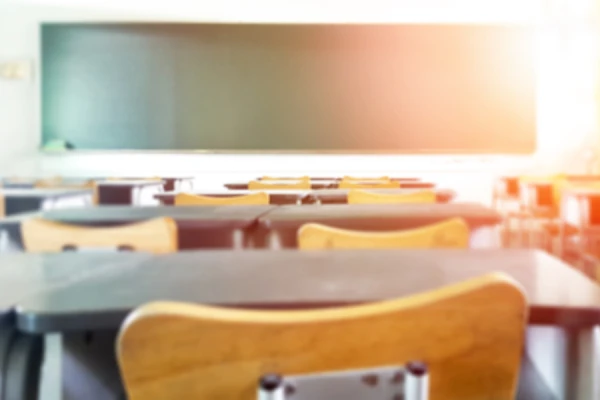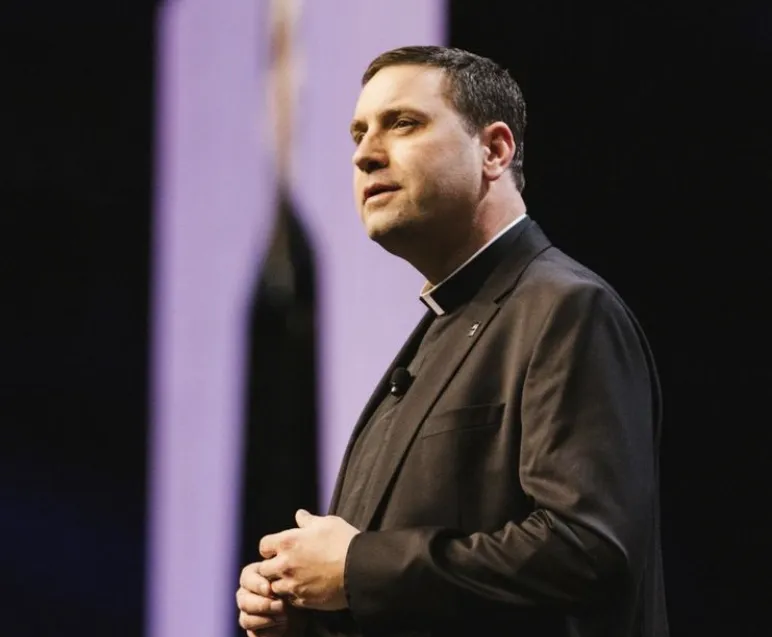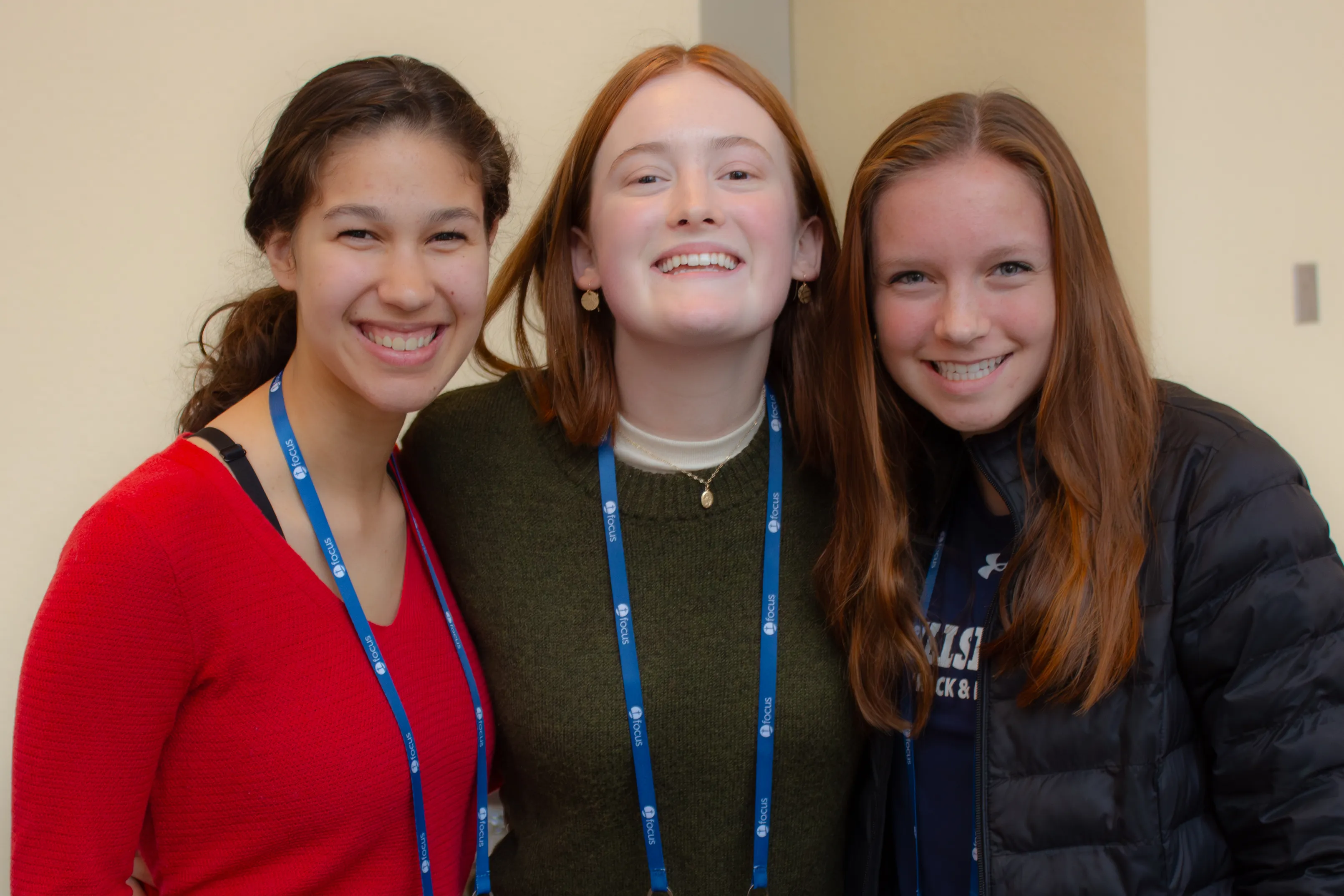
Denver Newsroom, Jun 17, 2020 / 03:33 pm (CNA).- At least 100 Catholic elementary and high schools across the United States will not reopen for the fall semester, with many suffering from low enrollment and decreased donations amid the COVID-19 pandemic.
Sister Dale McDonald, public policy director of the National Catholic Educational Association, told CNA that the biggest driver of school closures at present is uncertainty.
The U.S. is home to about 6,000 Catholic schools, down from some 11,000 in the 1970s— about 1,000 of those closures occurring since 2007.
Most pandemic-related closures are of elementary schools. Some high schools, several of which have been open for decades, also are closing this summer.
Part of that uncertainty is on the part of the schools, many of which do not have the resources to follow the Centers for Disease Control and Prevention (CDC) and state guidelines on sanitizing and social distancing in classrooms.
“It's very difficult for the principals to figure out what their school opening will look like; when it'll open, and what you have to do to meet all the guidelines,” MacDonald said.
“And the public schools are looking at the same thing, but they certainly have a lot more resources to be able to manage their reopening. But for us, financially, it's a big deal.”
Parents, understandably, want to know what their child's education is going to look like in the fall, MacDonald said, and many wonder whether they will be able to go back to work.
Many working-class families that send their children to Catholic schools have been impacted by illness and unemployment, and may simply not be able to pay tuition.
For most Catholic schools, MacDonald said, about 80% of their operating budget comes from tuition. In addition, many Catholic schools hold major fundraisers in the spring, which had to be canceled or postponed after the pandemic hit.
To make matters worse, many parochial elementary schools depend on contributions from parishioners. After months of no in-person Masses for most dioceses, many parishes, especially those without a robust system for online giving, are feeling the financial pinch.
Despite the large number of schools closing, in some cases donors have rallied to keep their school from going under.
Earlier this month, the Academy of Our Lady of Peace in New Jersey was saved from closure through the action of anonymous donors.
But Sister MacDonald warned that this model of saving a few schools at the last minute will likely not remain sustainable year-after-year.
“We are optimistic that things will pick up,” she said, noting that about 2,000 Catholic schools across the country have not experienced massive enrollment declines, but instead have waiting lists.
“People do want Catholic education, and our challenge at NCEA and in working with various dioceses is how to make these schools affordable and accessible for families, especially families of modest means.”
Archbishop Jose Gomez of Los Angeles oversees the largest Catholic school system in the U.S., and wrote in a June 16 column that the nation’s Catholic schools play a vital role in helping minority and low-income families.
Nationwide, about 20% of students who attend Catholic schools in the U.S. are members of racial minorities, according to 2016 NCEA data.
In Los Angeles, that figure is significantly higher. Gomez says about 80% of Catholic school students in LA come from minority families.
For elementary school students, the average yearly cost of attendance is about $5,936, while for high school students it is $15,249, NCEA says.
Los Angeles’ Catholic Education Foundation has granted more than $200 million in scholarships to 181,000 low-income students over the past 25 years, Gomez said.
In addition, he said, the LA Catholic school system has provided nearly half a million free meals to low-income students since the start of the pandemic.
The archbishop decried the fact that 37 states still have laws on the books, known as “Blaine Amendments,” which prohibit government funding to “sectarian” schools— a 19th-century euphemism for Catholic schools, according to opponents of the laws.
A constitutional amendment to ban government funding for Catholic schools, proposed in the late 19th century by Maine lawmaker James Blaine, failed at the federal level, but many states inserted similar language in their constitutions.
Parents paying to send their children to Catholic schools end up also paying for public schools with their tax dollars, Gomez said, without any of that government aid going to their children’s education.
The Supreme Court is expected to soon issue a ruling on a consequential Blaine Amendment case, and though some parishes have received emergency payroll loans through the Coronavirus Aid, Relief, and Economic Security (CARES) Act, Gomez says Congress and the White House “cannot afford to wait” to provide aid to Catholic schools.
“If Catholic schools are allowed to fail in large numbers, it would cost public schools about $20 billion to absorb their students, a cost already-burdened public schools should not be made to bear,” Gomez asserted.
Catholic school students are, almost across the board, more academically successful than their public school peers. According to 2016 figures, 99% of Catholic school students graduate from high school on time, and 86% of Catholic school graduates attend college.
About 17% of students at Catholic schools are not Catholic, making their attendance an opportunity for evangelization both for them and for their parents.
MacDonald says she hears from parents who are not Catholic who nevertheless want for their children the kind of environment that a Catholic school provides.
“While we are teaching the academics, we are creating an environment that we hope lives out Gospel values, where kids are expected to act and live with Gospel values in terms of service to others, care and concern, basic Christian charity, and cultivating a prayer life,” she said.
“We hope and pray that they have learned how to be good Christians while in our schools. And that's good for everybody.”
If you value the news and views Catholic World Report provides, please consider donating to support our efforts. Your contribution will help us continue to make CWR available to all readers worldwide for free, without a subscription. Thank you for your generosity!
Click here for more information on donating to CWR. Click here to sign up for our newsletter.







Leave a Reply